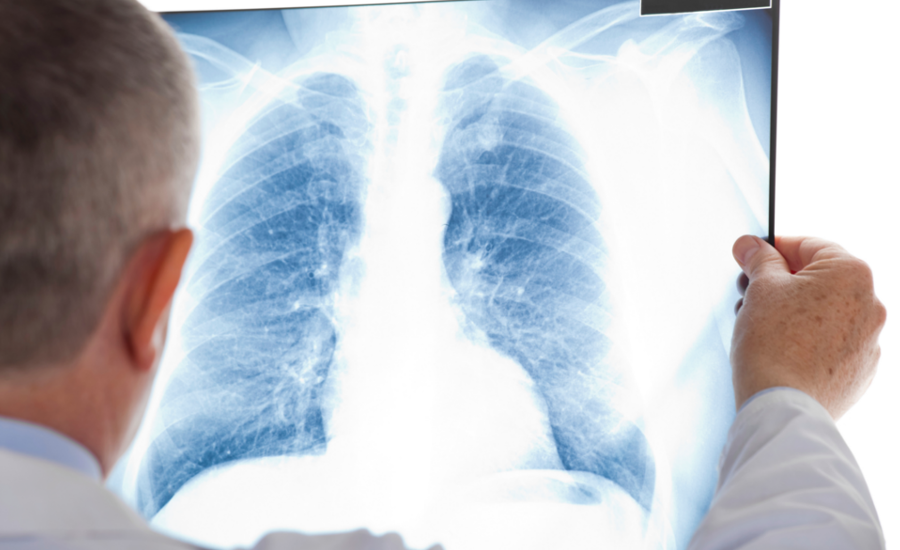From NIOSH:
Severe black lung disease found in many former coal miners

Credit: Getty Images
National Institute for Occupational Safety and Health (NIOSH) researchers, in partnership with staff from a network of federally funded black lung clinics in Virginia, have reported the largest cluster of severe black lung disease ever described in scientific literature, according to new research published in the Journal of the American Medical Association (JAMA).
"Entirely preventable"
Coal workers’ pneumoconiosis, also known as “black lung” disease, can be severe, disabling, and even deadly. Since inhalation of coal mine dust is the sole cause, it is also entirely preventable. Early detection of black lung and limiting additional dust inhalation is critical to prevent the disease from progressing to its most severe and disabling form.
As a service to miners, NIOSH administers the Coal Workers’ Health Surveillance Program, which in 1970 began offering periodic chest X-rays to screen working coal miners for signs of black lung disease. By the late 90s, the proportion of screened miners with black lung disease reached the lowest level on record. However, after that time, the trend reversed. In addition, in 2014, a report identified an uptick in the number of cases of an advanced form of black lung disease called progressive massive fibrosis among working coal miners in Appalachia.
During 2017, NIOSH undertook a public-health investigation in response to a request from the director of three black lung clinics in Southwest Virginia. These clinics primarily serve former coal miners and are not part of the Coal Workers’ Health Surveillance Program.
Disease progressing rapidly
According to the report in JAMA, among approximately 11,200 coal miners screened from January 1, 2013, to February 15, 2017, 416 showed signs of the most severe form of black lung disease, also known as progressive massive fibrosis (PMF). The average age of these miners was 62, and most lived in either Kentucky or Virginia. On average, the miners had worked in coal mines for nearly 28 years, with 80 reporting that they had worked in the mines for 20 or fewer years, indicating rapid disease progression. At the time of the screenings, 42 patients with PMF were still working as coal miners. The actual number of miners in the region with PMF caused by black lung disease is likely much higher because this study focused on only three clinics.
The findings reflect a failure to protect these coal miners from work-related exposure to coal mine dust and highlight the critical need for these protections, according to the investigators. A 2014 federal rule decreased the amount of respirable coal mine dust permitted in mines, implemented changes for monitoring dust levels in air, and expanded the Coal Workers’ Health Surveillance Program. Regular screening for black lung disease remains critical for early detection and determining if contemporary miners receive adequate protection.
More information is available:
Looking for a reprint of this article?
From high-res PDFs to custom plaques, order your copy today!








